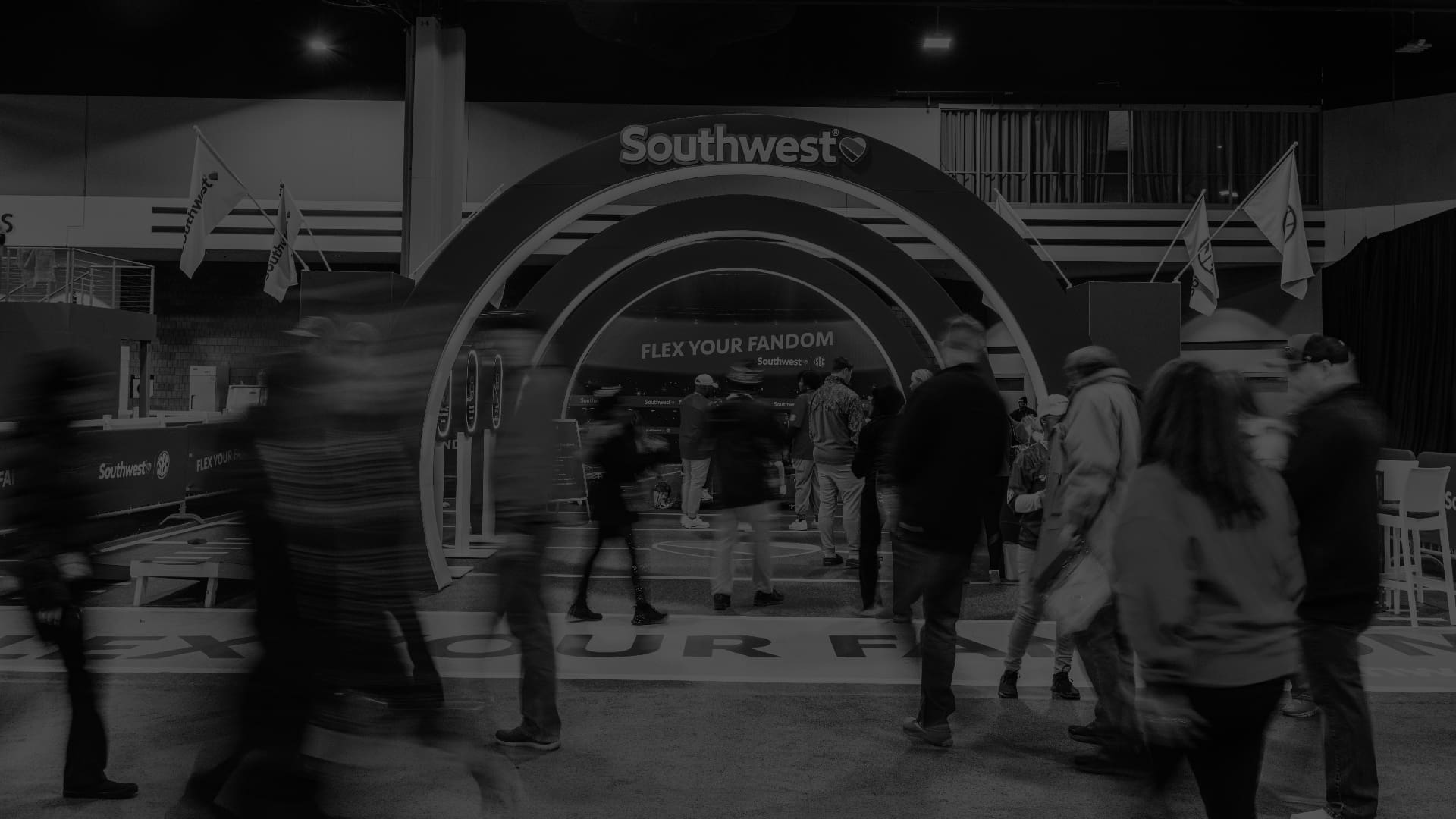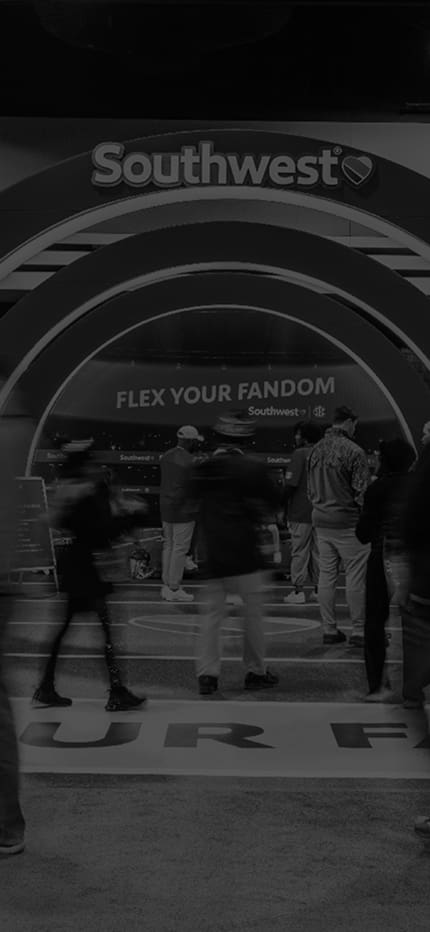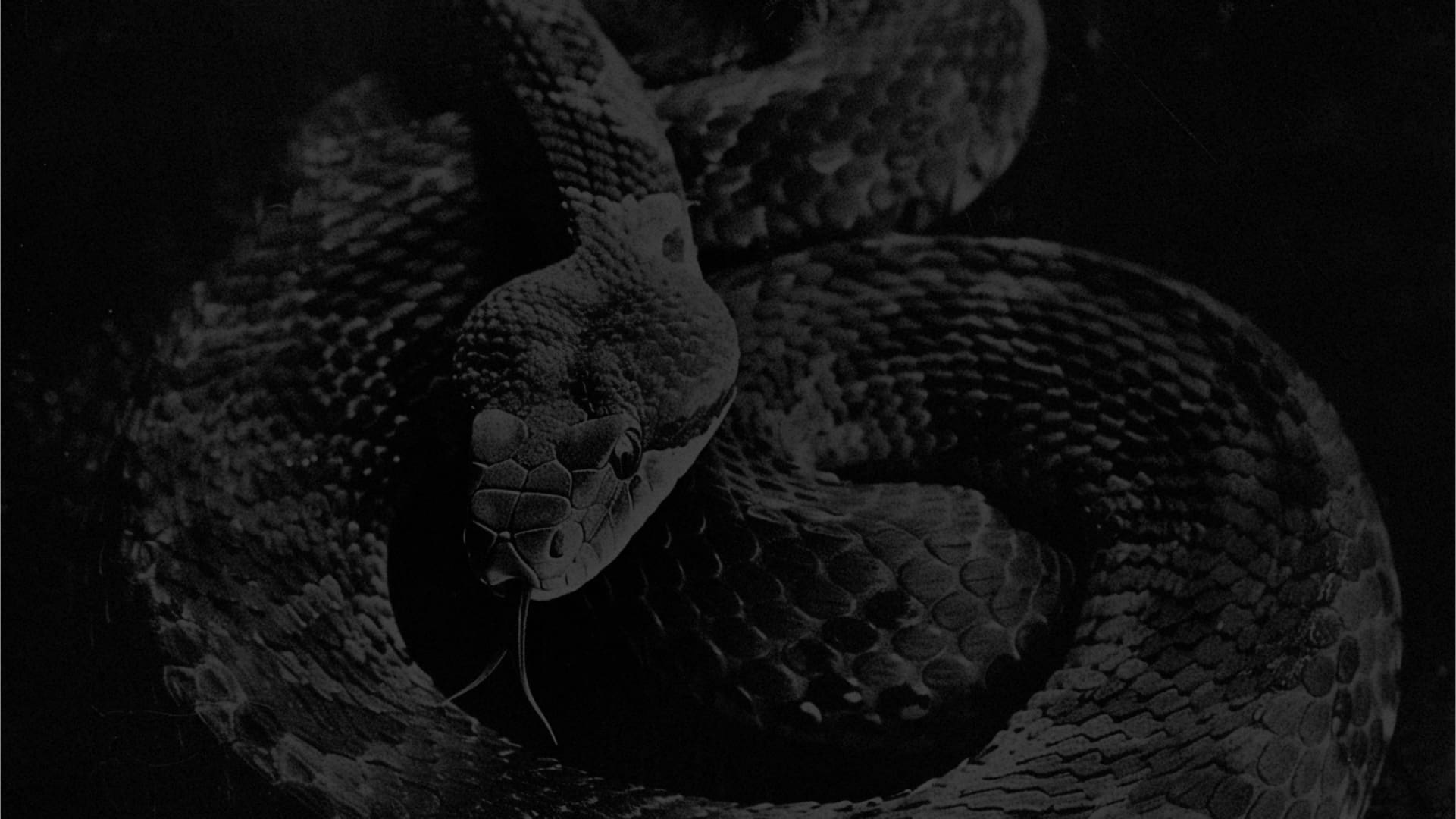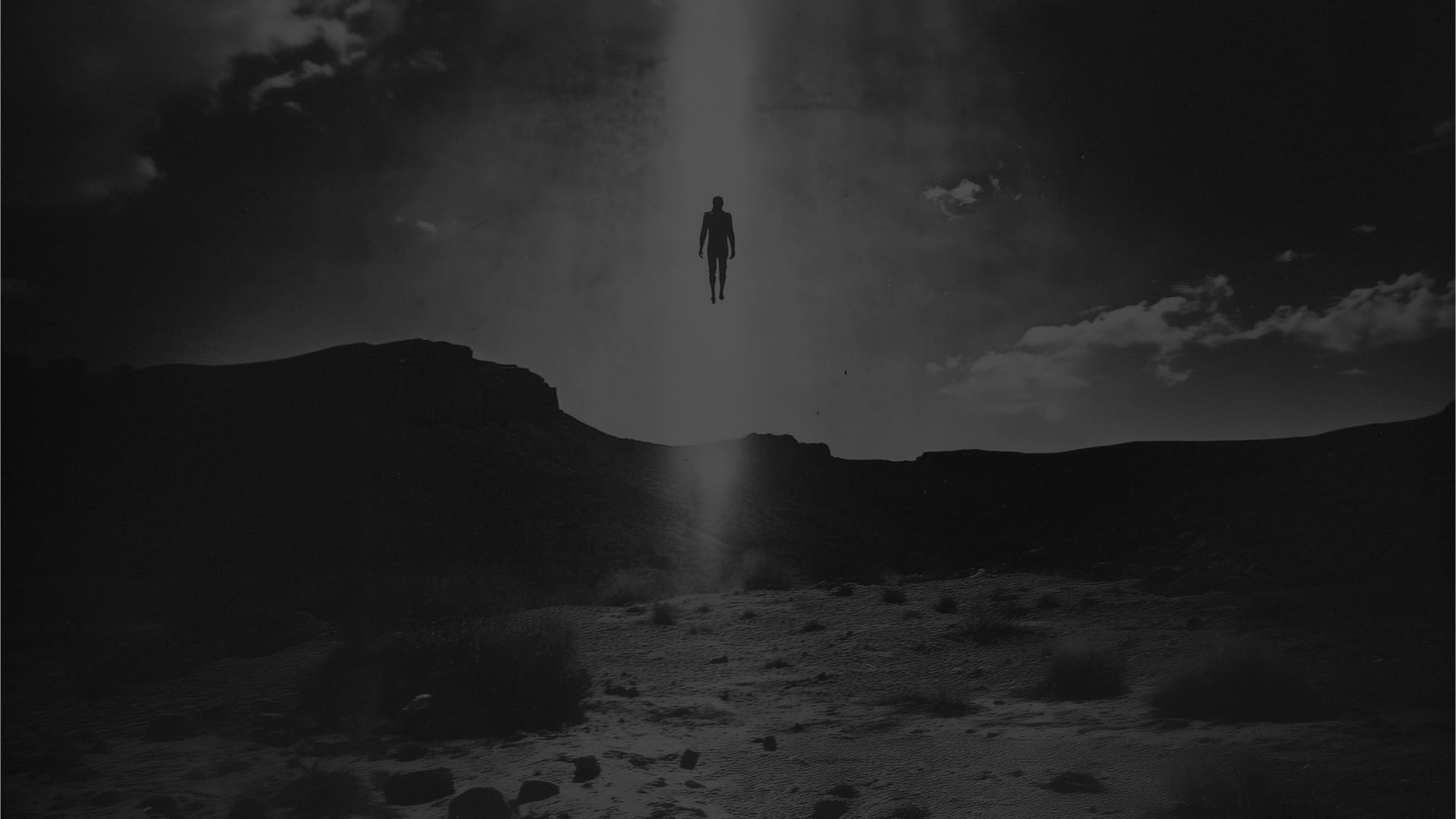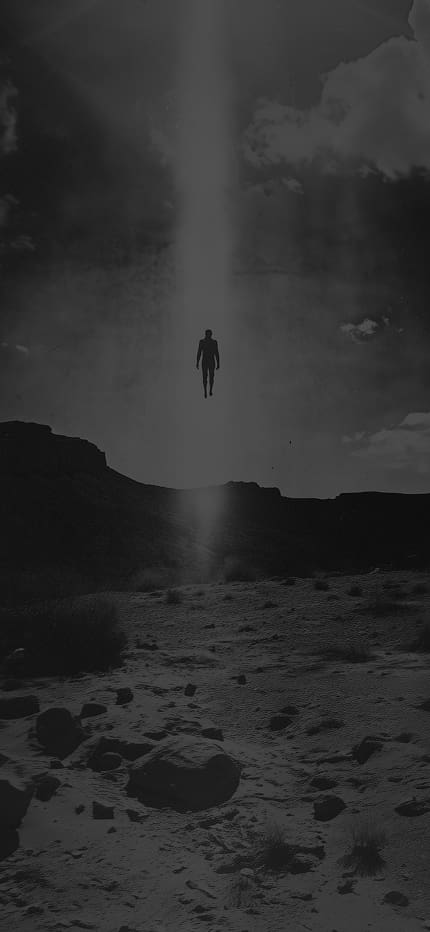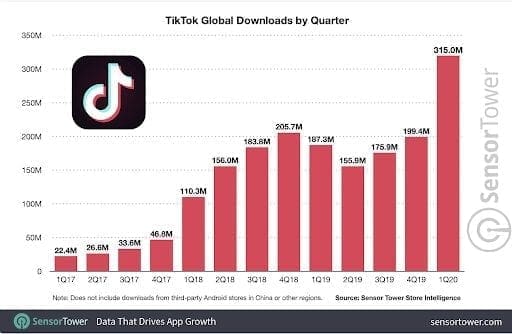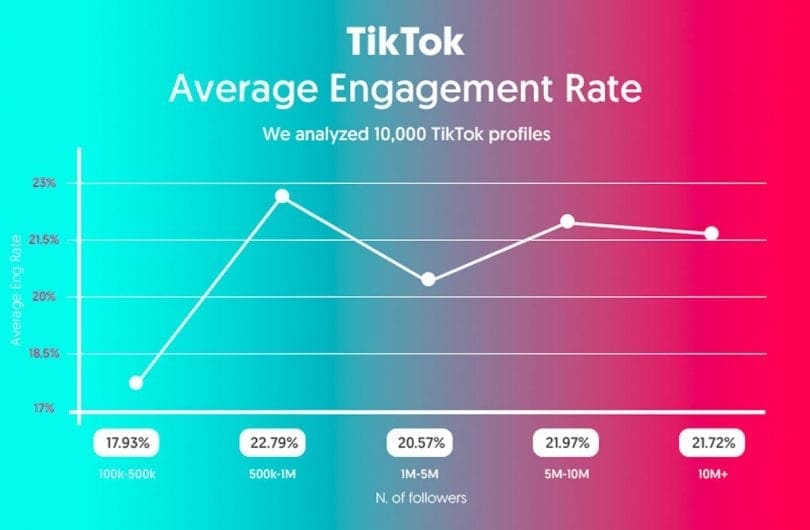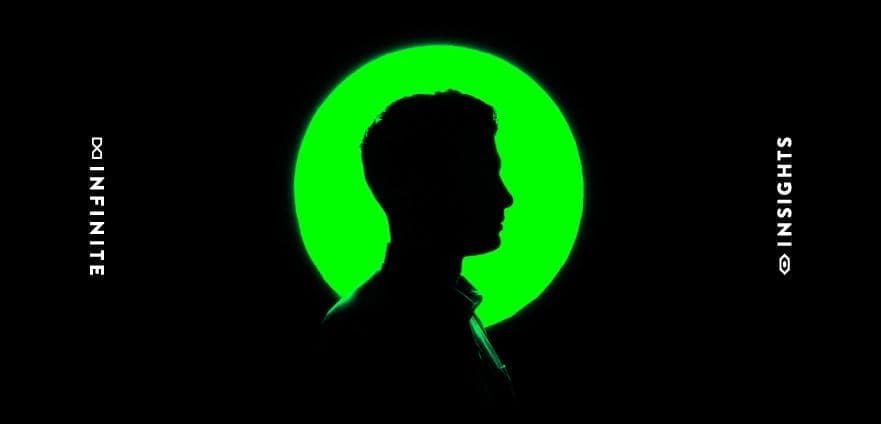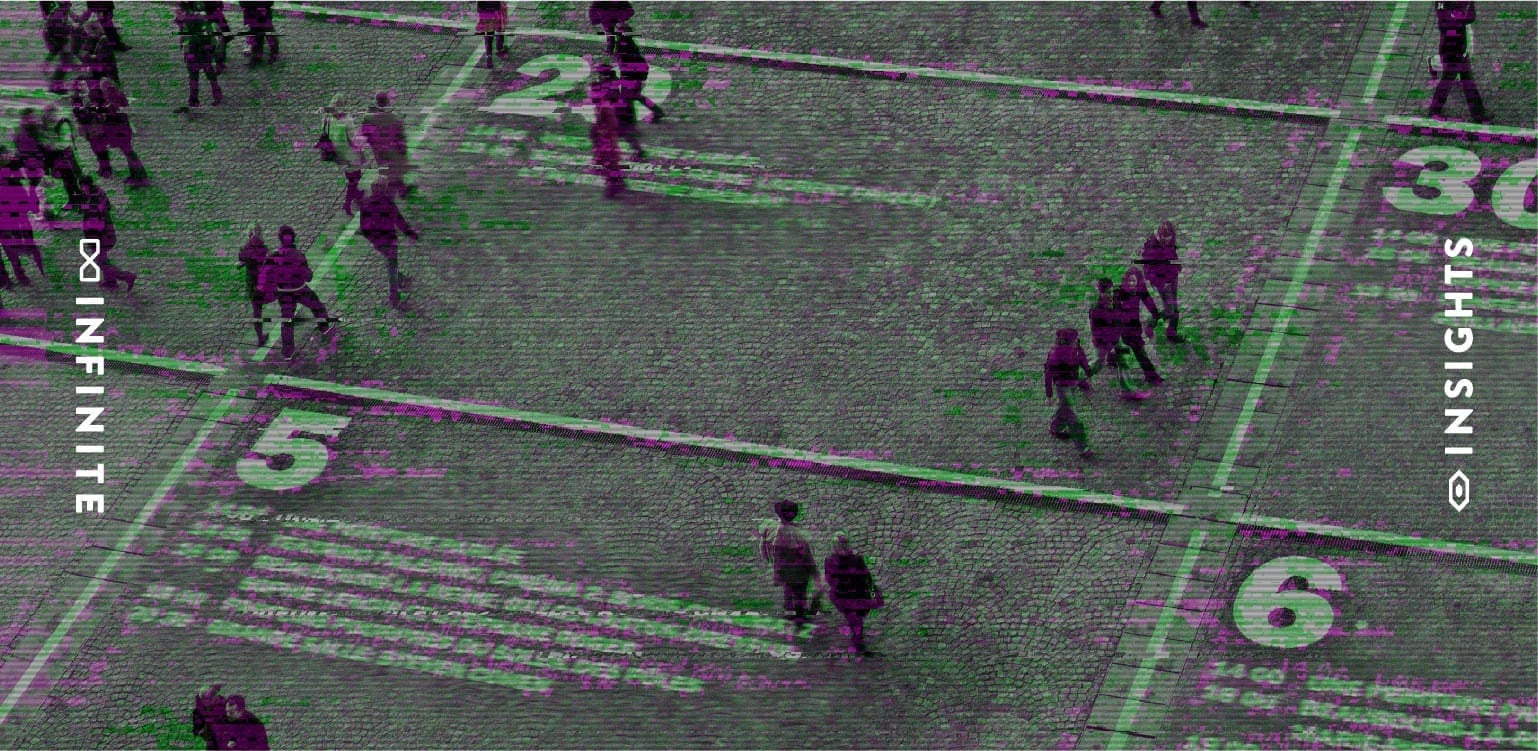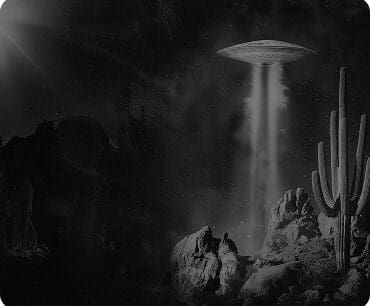Should your brand be using TikTok in its social media strategy? The overwhelming answer is YES.
TikTok recently surpassed 1.5 billion downloads, making it the seventh-most downloaded app of the 2010s.
Still, even with this unprecedented growth, some brands are holding out on TikTok as a legitimate marketing platform for their business. This stems from a belief that TikTok is only for tweens with poor dance skills and questionable music taste. While it’s true that Generation Z is still undoubtedly their biggest audience, TikTok is beginning to appeal to a broader audience – namely millennials.
Prior misconceptions are causing brands to miss out on a prime opportunity to leverage an addictive platform built for engagement and viral videos. In this article, we’ll break down TikTok from every angle, including its extreme growth, user base, popularity, and how brands can join in on the fun.
What is TikTok?
TikTok is a new social media platform designed for sharing short, user-generated videos. Like it’s predecessor Music.ly, videos are looped and between 15-60 seconds long, providing unique opportunities for creativity. Users even have the option of editing or adding their favorite soundtrack, visuals, or sound effects directly to their video. The most popular content on TikTok includes: viral challenges, choreographed dancing, singing, pranks, lip syncing, and comedy skits.
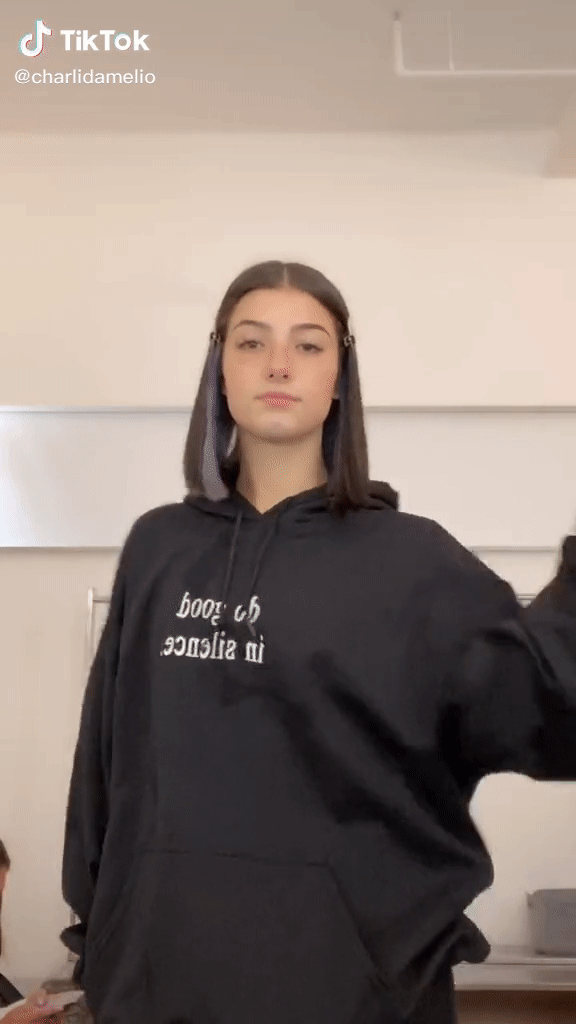
The Growth of TikTok
To say “2020 is a big year for TikTok” is an incredible understatement, with the app already off to a record-breaking start:
- Achieved the best Q1 of any app ever, receiving 315 million downloads and surpassing YouTube and Twitter combined total downloads
- 15.4% increase in daily app sessions in Q1 2020
- Downloaded over 115 million times worldwide in March
Despite flying under the radar, 2019 data shows that TikTok was already a top global app.
- 2nd most downloaded app worldwide across both the Apple App Store and Google Play
- Downloaded 738 million times, 46 million of those downloads were from the U.S.
- App Annie’s “State of Mobile 2019 Report”, reported TikTok as the 6th app in worldwide active users
So, Who’s Using TikTok?
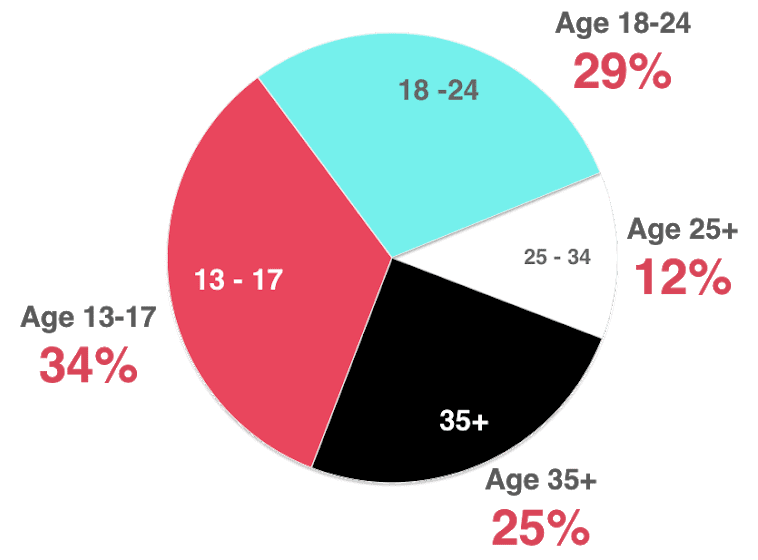
With the quirky nature of TikTok videos, it’s not surprising to learn that it’s user-base skews heavily towards Generation Z. In fact, the majority of TikTok users are under 35.
These younger users are also more active, averaging 66 minutes and 12 sessions throughout the day. To put this in perspective, Instagram users average 53 minutes per day and Facebook users average 58.5 minutes per day. Since content is shorter and more accessible than YouTube videos, user sessions for TikTok average just under 5 minutes.
The same study that showed a younger audience for TikTok also revealed that 55.6% of users are male, 44.4% were female. Lastly, at this point in time only 9% of US internet users have used TikTok, meaning the platform is still in its infancy and likely to grow in 2020.
All types of brands are emerging on TikTok, with most already accumulating a large following. This data shows that although 75% of TikTok’s audience are under 35, there is a large breadth of brands that are successfully connecting with this audience.
Why TikTok is Growing
While brands normally use some form of paid tactics to compel users to use a hashtag or tout their brand, TikTok is changing the game.
Users are willing using branded hashtags… In fact, we’d go so far as to call TikTok a branded user generated content machine.
Why? The accessibility of creating content.
Ease of Creating Content
On other platforms like YouTube and Instagram, brands and consumers overthink what they post on – from posting schedules to making sure content is high quality. TikTok is built for users to easily create content. This encourages users to post frequently, increases engagement, and fuels virality by making it easy to hop on trends.
Trends
Unique to TikTok, is it’s prevalence with music. Since the platform was formerly Music.ly, it has licensing rights to the latest songs which can be freely used in user content. These songs are often the main variable in trending content and similar to memes, with users pairing songs and dances that can be easily replicated by followers. Music on TikTok has become so popular, that Spotify even created a TikTok trending songs playlist.
The easiest way for brands to remain relevant is to recreate trends. One example is Vineyard Vines, who used their mascot to recreate the popular bottle cap challenge. They have now accumulated over 2m likes and the video hit 807k views.
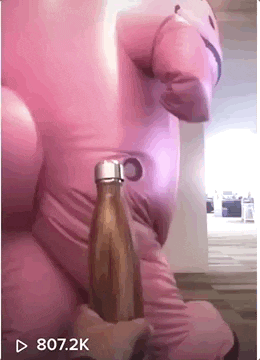
The harder, but more powerful option is to create trends. Brands can do this by revamping songs or creating a branded hashtag challenge (paid or organic). A great example is when ELF Cosmetics created a competition and recreated the “Ice Me Out” song for TikTok called “Eyes.Lips.Face (ELF)”. The brand used a few influencers and tied the challenge to the competition prize of only $250, but the #eyeslipsface hashtag resulted in 4.6B views.
Engagement Rates
Another reason TikTok is every brand’s dream platform is the high engagement rates. Pumping out a high volume of content has lowered the stigma of engagement. Users interact with TikTok differently and do not think twice about liking, following, or posting.
This user behavior results in high engagement rates for both organic and paid content. According to Influencer Marketing Hub, TikTok organic engagement rates range from 3% to 9% based on their following. (Compared to Instagram, a good engagement is over 3% and it is high over 6%.)
How Brands Should Use TikTok
Along with creating organic content, brands can run a branded challenge, leverage paid ads, and partner with content creators to increase their reach.
Branded Challenge
Any brand or users can create a hashtag organically, but TikTok has packages to help your branded challenge take off. Chipotle created a #ChipotleLidFlip that resulted in 300 million views.
Branded hashtag challenges create “Discover Pages” that can link to product or store locations and include a Challenge Page that houses all content that uses the hashtag. However, these challenges can get pricey at $100,000+ and a recommended additional $100,000 – $200,000 in ad spend within TikTok to promote.
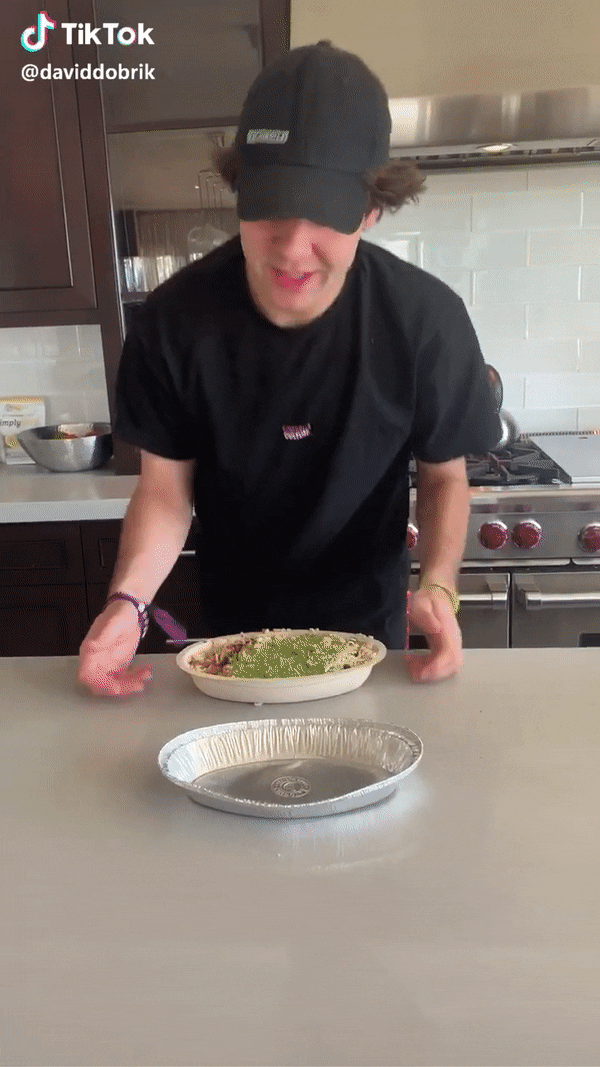
Sponsored Ads
TikTok has multiple types of paid ad formats, but all result in high engagement rates (ads average 3% to 12% CTR to site).
- Top-View: In-feed video with sound on; 12% to 16% CTR
- Take Over: Starts when opening TikTok; 7% to 10% CTR
- In-Feed Video: Standard in-feed ad unit; 5-7% ER and 1.5- 3% CTR to site
TikTok is currently working on targeting, attribution, and optimization options, but here are key points when creating a media strategy:
- Target by geo, age bracket, and interest
- Optimized to clicks, conversions, view, and reach
- Bid via CPM, CPC, or oCPC (smart optimization to increase ROI bid for clicks)
TikTok Influencers
TikTok’s high volume content has resulted in brands partnering with influencers that reach more users and cost 250% less than Instagram influencers.
Here’s the math: TikTok influencers with 2.5+ million followers charge around $600-1,000 per post, while IG influencers with 10k followers charge around $100 per post.
Additionally, the platform makes it easy to find content creators that align with your brand’s audience and category with the TikTok Content Marketplace. The hub provides insights into the influencer’s audience that include audience breakdown, content performance (view, comments, shares, etc), trending graphs (followers and engagement), and sample work.
Key Takeaway
Just like any social media platform, TikTok will constantly be evolving. One thing remains certain: TikTok will only keep growing with both audiences and brands. Work to get ahead of brands jumping on the platform and build a new way to connect with your audience.
